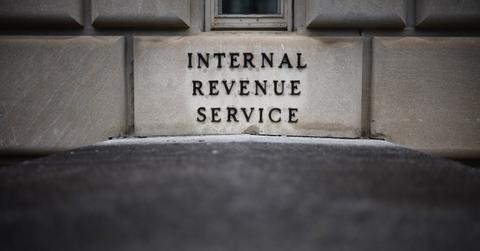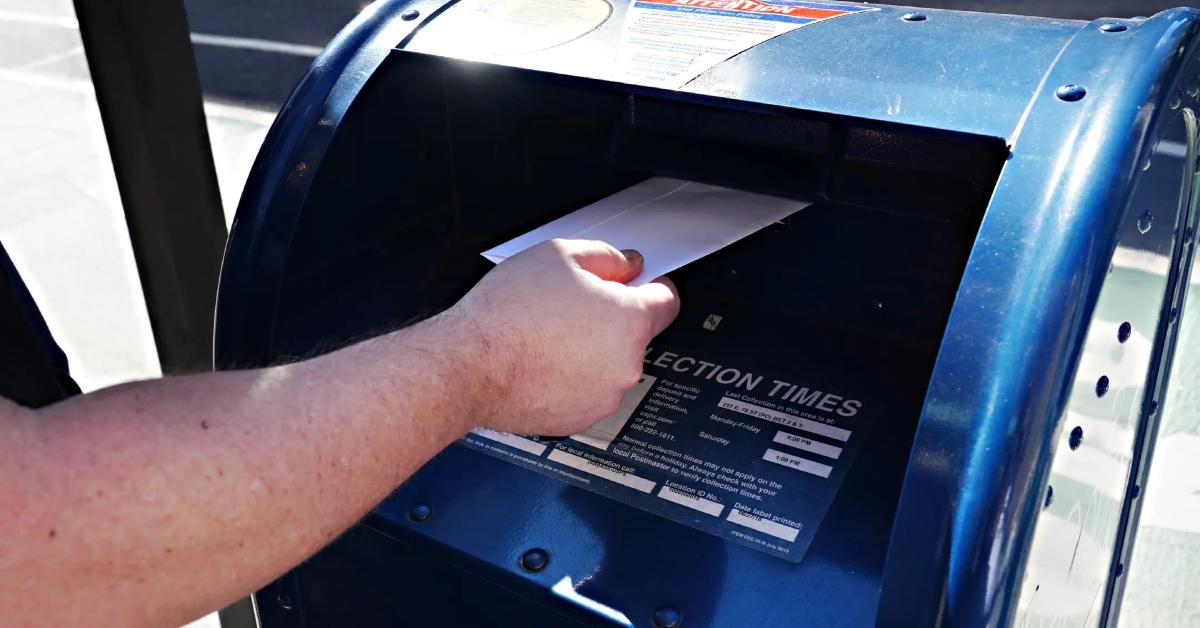Take Control of Your Taxes: How to Set Up a Payment Plan With the IRS
If you can't pay your owed taxes all at once, you may be able to set up a monthly payment plan with the IRS. Get the details on how to set it up here.
April 26 2023, Updated 4:37 p.m. ET

If you're one of the unlucky taxpayers who owes the IRS money but can't afford to pay your taxes in full, an IRS payment plan might be a good option to consider. Although IRS payment plans are subject to certain interest rates and fees, it can keep you on good terms with the IRS and help you pay down your tax liability.
If you don't have the spare cash to cover your tax bill or would prefer to pay your taxes over time, here's how to go about setting up an official tax payment plan with IRS.
You can apply for an IRS payment plan online, over the phone, or via mail.

Most people can apply for a payment plan online using the Online Payment Agreement tool from the IRS. Individuals have access to certain payment plans depending on their situation. Options include a short-term payment plan (if you owe less than $100,000 total) or long-term payment plan (if you owe less than $50,000 and have filed your returns). Taxpayers can complete a short-term payment plan in 120 days or less.
Once your on the site, click on the box that says "Apply/Revise as Individual" to get started. You will need to sign up for an account or use your previous login information to proceed. Be prepared to provide numerous personal identification methods, like your Social Security number and the address of your most recent return.
If you're applying as a business, you must owe the IRS less than $25,000 to be eligible for a tax payment plan. Use the separate application button for businesses to apply.
If you're applying as an individual but you aren't eligible to apply online because you owe too much, fill out and mail IRS Form 9465, Installment Agreement Request or call 800-829-1040.
The IRS charges a $31 setup fee (and higher) for some payment plans.
If you're applying for a long-term payment plan with automatic withdrawals, you will pay a $31 setup fee. Monthly non-automatic payments require a $149 setup fee, or a potentially reimbursable $43 fee for low-income individuals. Short-term plans are free to set up.
Whatever plan you choose, you will have to pay accrued penalties and interest until you complete your full payment. This makes IRS payment plans costlier than paying your taxes in full.
IRS interest rates are 3 percent for underpayments plus the federal interest rate. Penalties depend on whether you've filed your taxes.
The IRS will sometimes let you make changes to your payment plan structure.
It costs $10 to revise a payment plan that's already in place. Low-income individuals can have this reimbursed. To make changes to your current IRS payment plan, you'll need to log in to your account and revise your plan type, payment date, and monthly payment amount before submitting your changes.
Here's what happens if you default on your monthly IRS payment plan.
To avoid defaulting on your payment plan, pay the monthly amount (or more) on time each month. File all of your returns and pay future tax responsibilities on time. Let the IRS know when you move.
If you do default, you can potentially reinstate the installment within the 30 days following your CP523 notice of default from the IRS or issue a levy within 90 days.
If you've fallen into a financial rut and simply can't afford to continue paying on your IRS payment plan, the IRS will keep any future refunds until your tax debt is paid off. Therefore, if you want to pay the IRS on your own terms, pay on or before your due date or get your plan reinstated before the 30 days are up.
